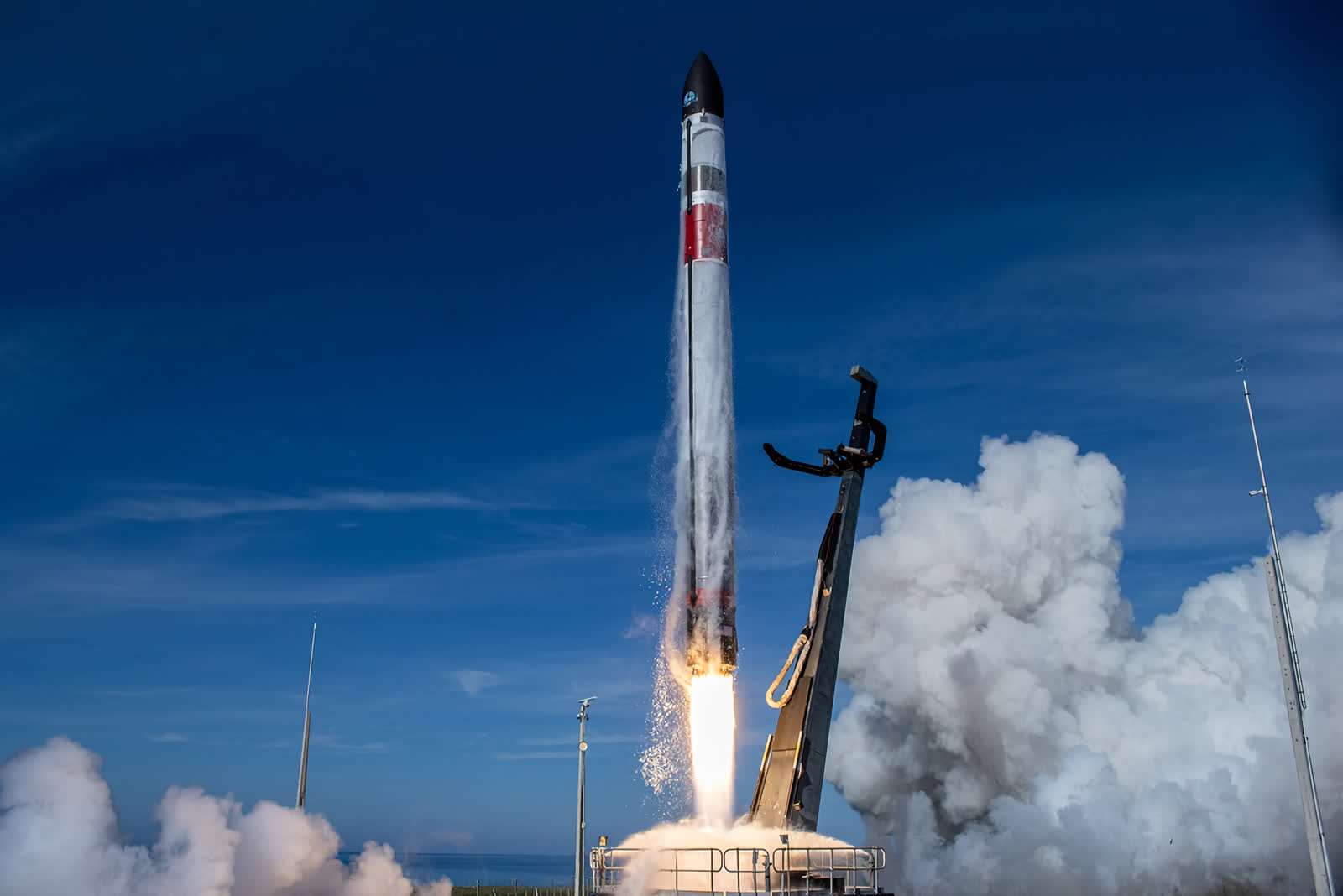Recap: Elon Musk's SpaceX pioneered the idea of reusable rocket boosters. Both SpaceX and space tourism company Blue Origin have largely perfected a system that allows their boosters to land upright and intact for repeat use, greatly reducing the cost associated with missions to space.
On Monday, aerospace company Rocket Lab was partially successful in its mission to capture its Electron orbital launch vehicle mid-air using a helicopter.
The mission, dubbed "There And Back Again," launched from Pad A at Rocket Lab's Launch Complex 1 on New Zealand's Mahia Peninsula. It successfully deployed 34 satellites into space on behalf of multiple clients, but the real test was whether or not the company could execute a novel idea involving capturing the rocket booster mid-air as it fell back to Earth.
There 🚀and back again 🪂 pic.twitter.com/GEsOmpYKFh
--- Rocket Lab (@RocketLab) May 2, 2022
Rocket Lab took a slightly different approach. Instead of having its booster land on its own, the spent rocket deployed a drogue parachute and then a larger main chute. A Sikorsky S-92 helicopter with a hook on a long line was sent out to snag the parachute line.
The hope was to safely fly the booster back to land, but the helicopter pilot detected different load characteristics than experienced in testing and decided to drop the booster into the ocean.
"Bringing a rocket back from space and catching it with a helicopter is something of a supersonic ballet," said Rocket Lab founder and CEO Peter Beck.
"A tremendous number of factors have to align and many systems have to work together flawlessly, so I am incredibly proud of the stellar efforts of our Recovery Team and all of our engineers who made this mission and our first catch a success."
Rocket Lab recovered the booster and will send it back to its facility for analysis.
